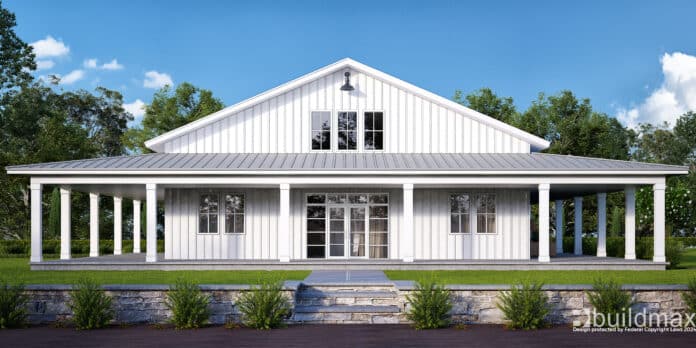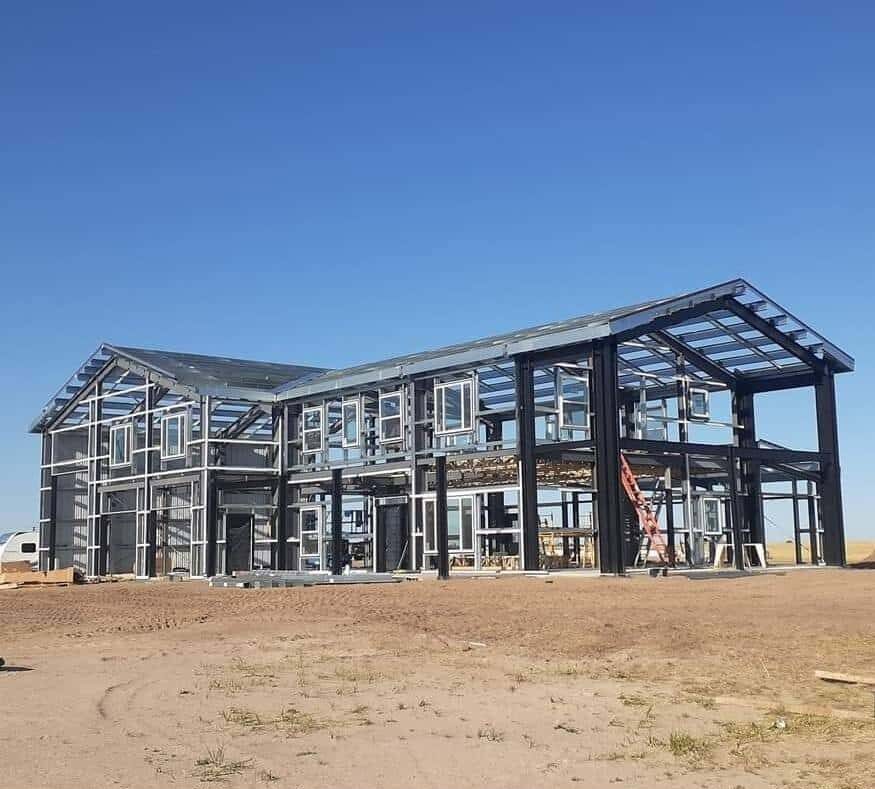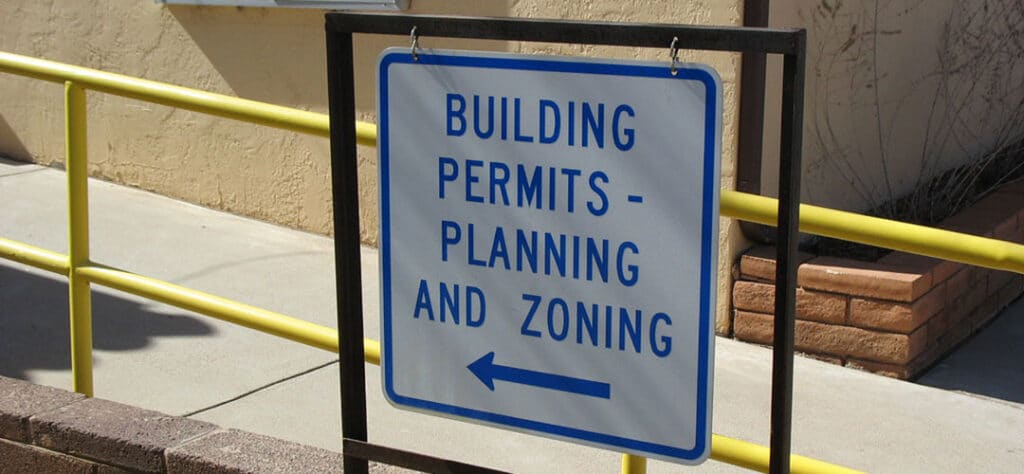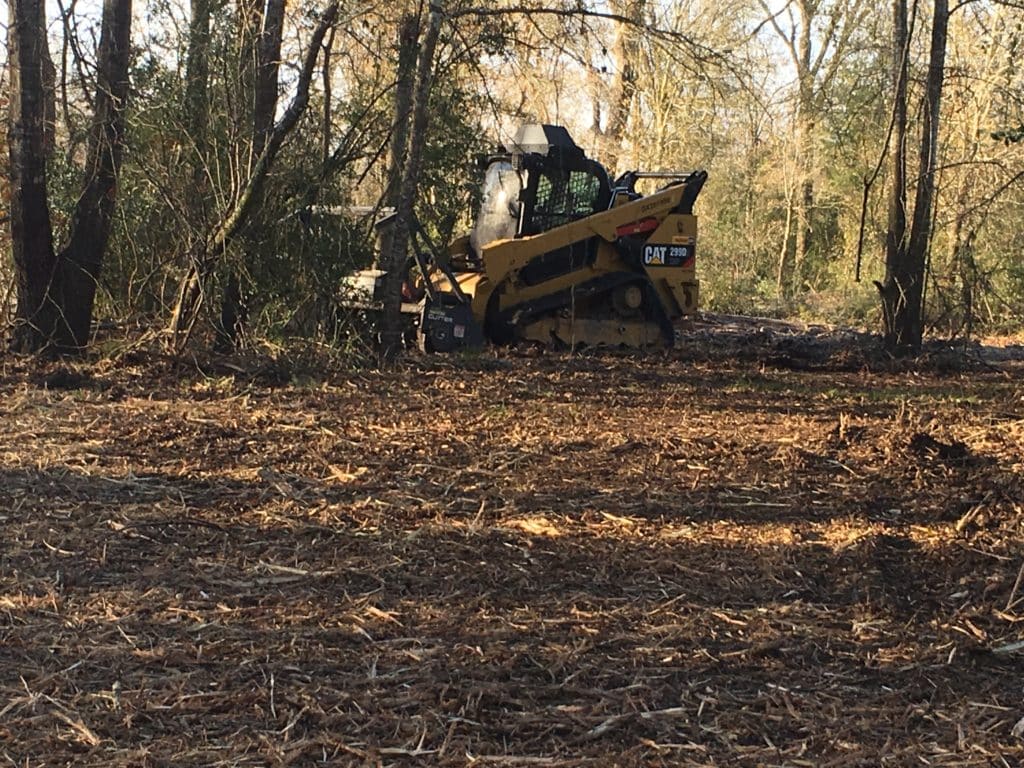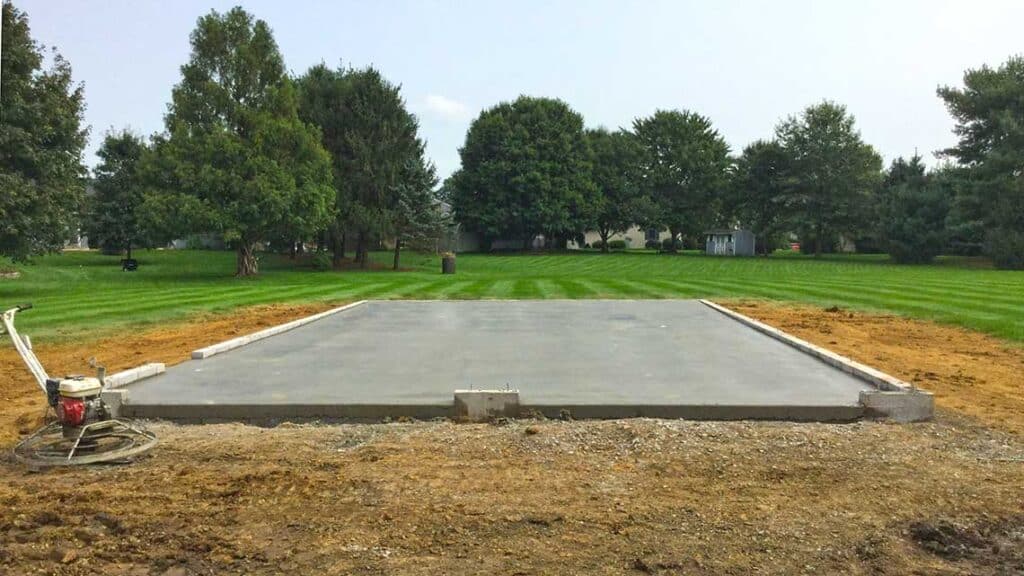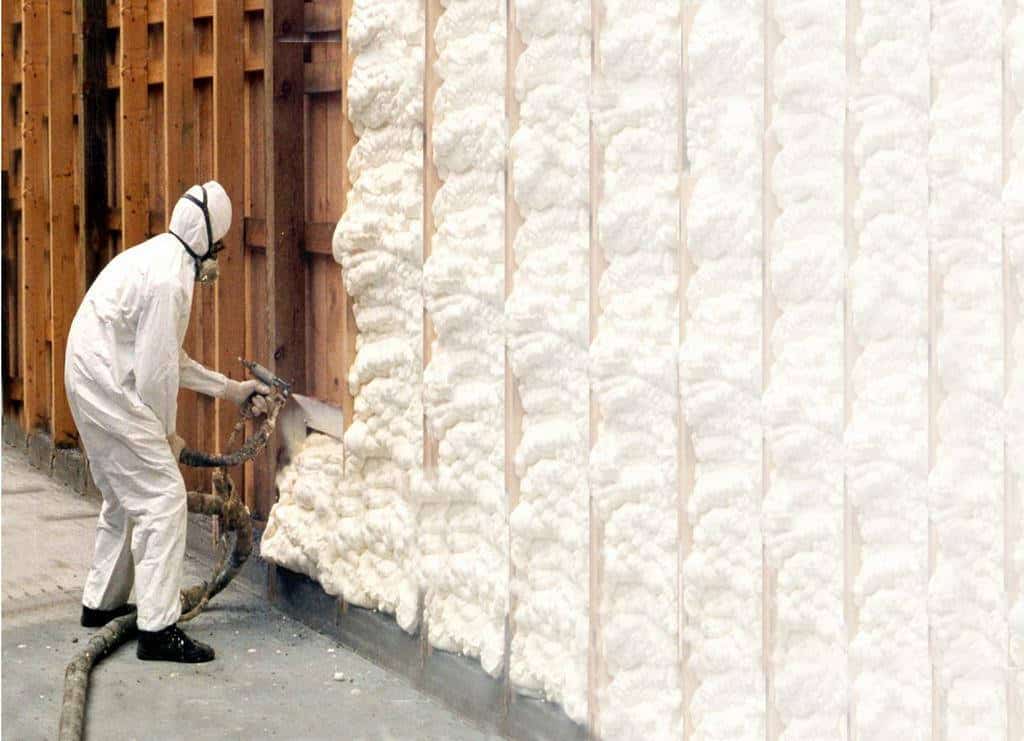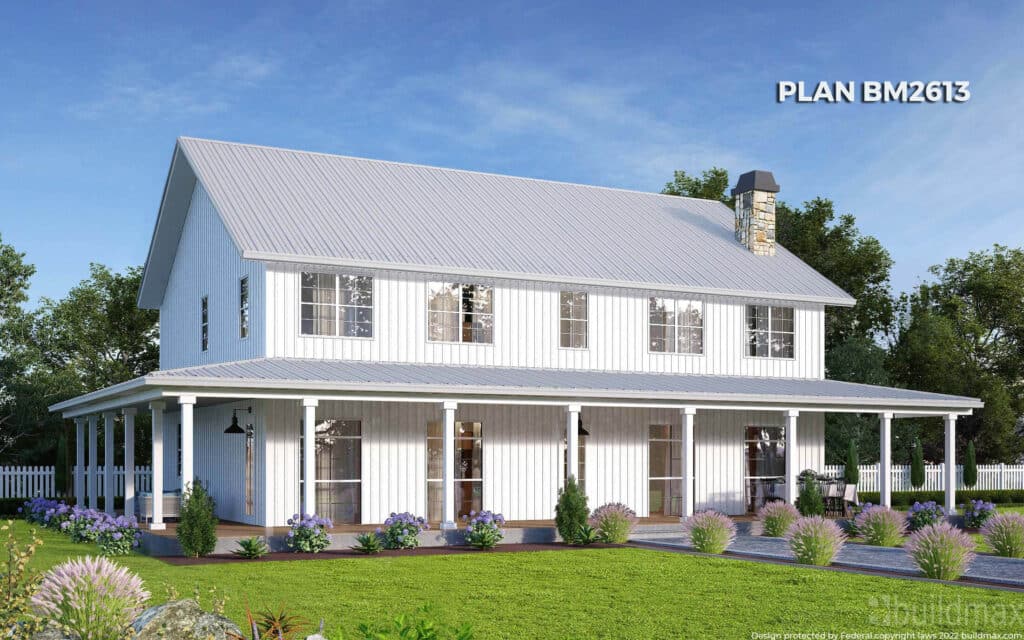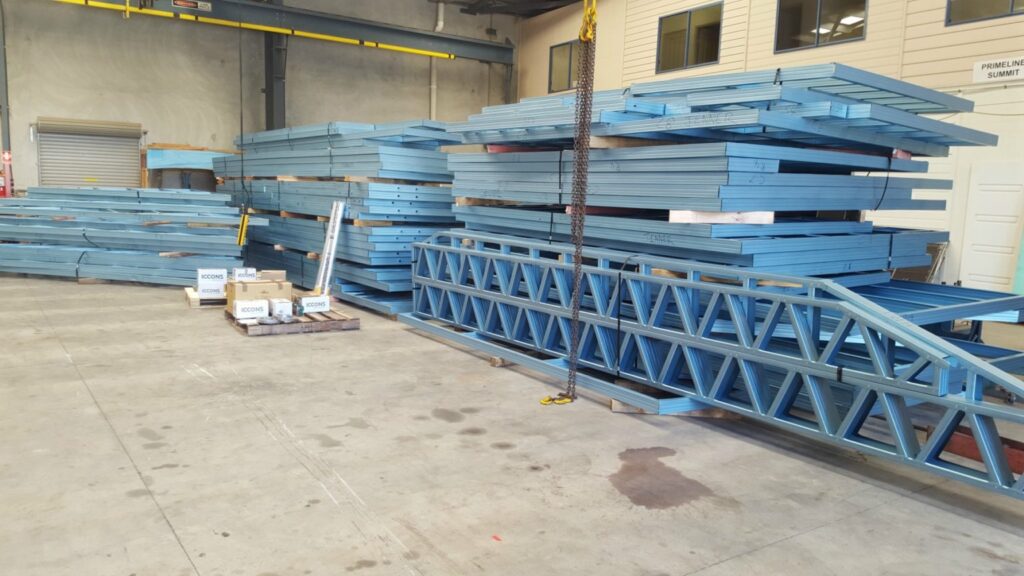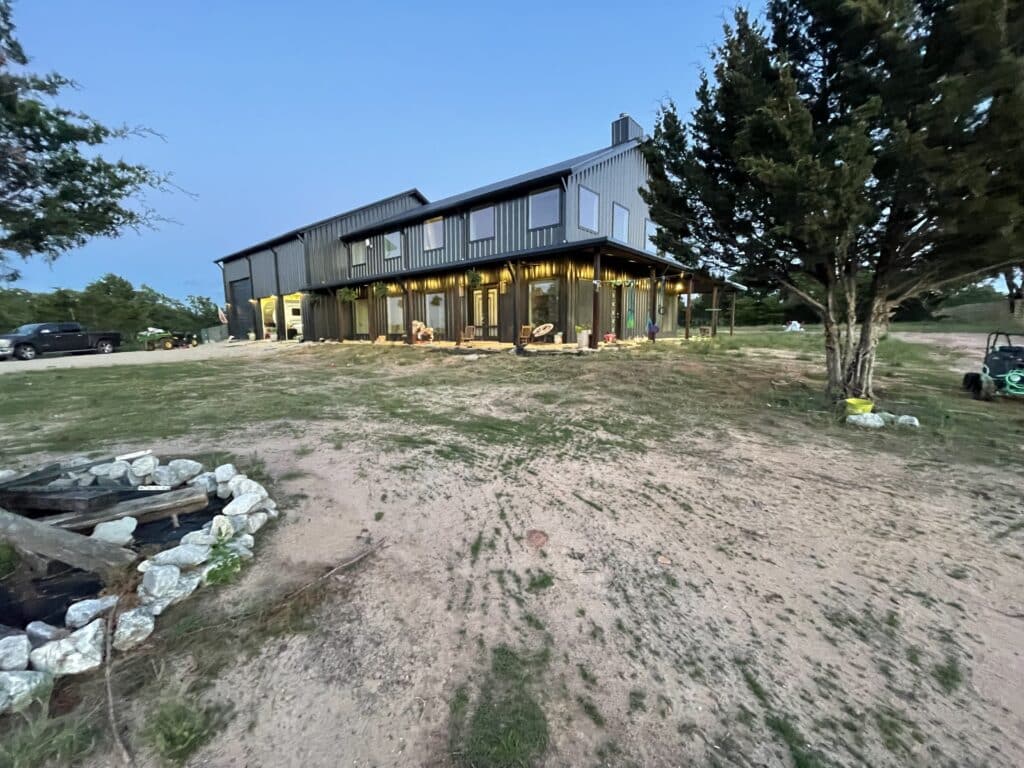How Fast Can a Barndominium Be Built?
Barndominiums have gained popularity as a cost-effective, durable, and customizable alternative to traditional homes. One of the most appealing aspects of building a barndominium, particularly a steel frame one, is the relatively quick construction time compared to conventional houses. But how fast can a barndominium be built? For a typical 2,500-square-foot steel frame barndominium kit, the timeline can be significantly shorter than that of a traditional home. This article will explore the factors that affect the speed of construction and provide a general timeline for building a 2,500-square-foot steel frame barndominium.
1. **Factors Affecting Construction Time**
The time it takes to build a barndominium can vary depending on several factors:
– **Pre-Engineered Steel Frame Kits:** Steel frame barndominiums are often built using pre-engineered kits, which are manufactured off-site and shipped to the building location. These kits are designed to fit together precisely, reducing the time needed for on-site construction. The quality and design of the kit, as well as the complexity of the floor plan, can influence the overall construction timeline.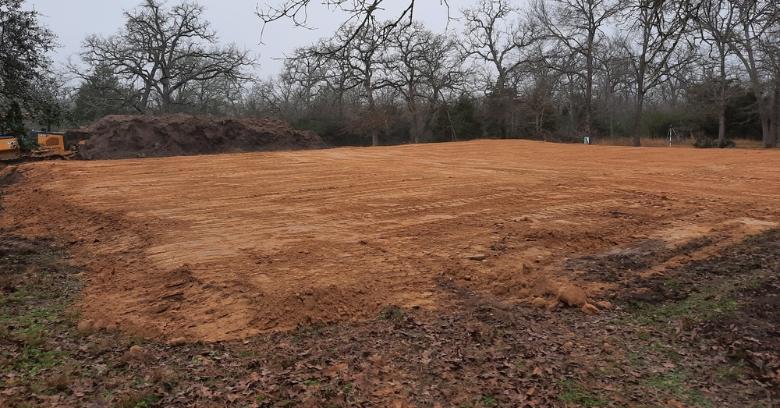
– **Site Preparation:** The amount of time required to prepare the building site can also impact the construction schedule. Factors such as clearing the land, leveling the ground, and installing utilities (such as water, electricity, and sewage) must be considered. If the site is already prepared or requires minimal work, this phase can be completed relatively quickly.
– **Permits and Inspections:** Obtaining necessary building permits and scheduling inspections can also affect the timeline. Local regulations vary, and the time required to navigate these processes depends on the efficiency of the local permitting office and the complexity of the project.
– **Weather Conditions:** Weather plays a significant role in the construction timeline. Adverse weather conditions, such as heavy rain, snow, or extreme temperatures, can cause delays. However, steel frame construction is generally less affected by weather than traditional wood framing, allowing for quicker progress.
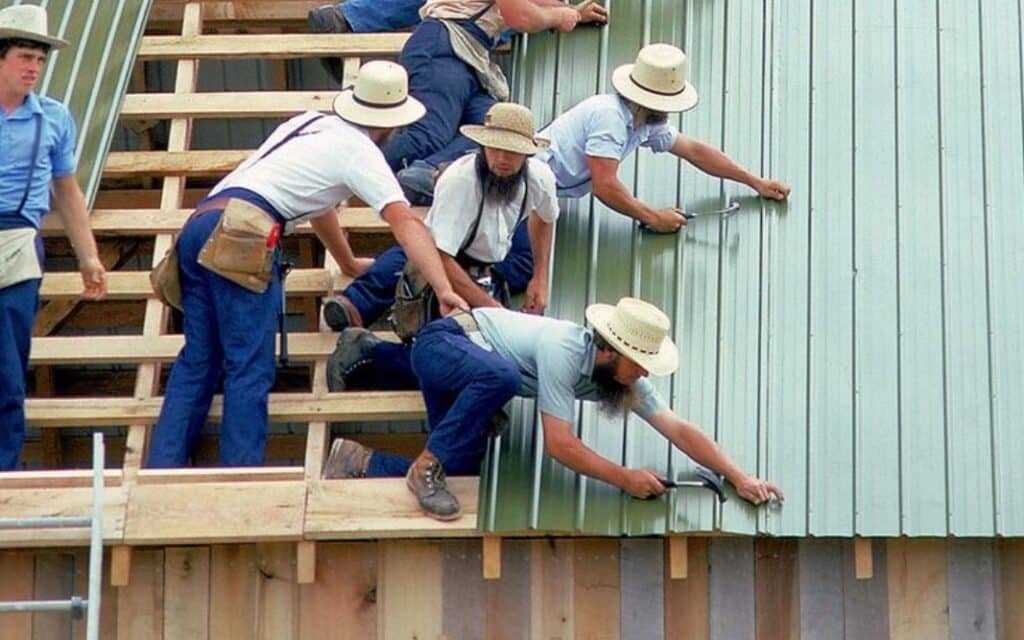
– **Availability of Labor and Materials:** The availability of skilled labor and materials can also impact how quickly a barndominium is built. The more streamlined and efficient the supply chain and workforce, the faster the construction will proceed.
2. **Estimated Timeline for Building a 2,500-Square-Foot Steel Frame
Barndominium**
Given these factors, let’s break down a general timeline for building a 2,500-square-foot steel frame barndominium:
**1. Planning and Design (1-2 Months):**
– **Customizing the Kit:** The first step is selecting and customizing your steel frame barndominium kit. This process can take anywhere from a few weeks to a couple of months, depending on how much customization you want. Working with a company that provides pre-engineered kits, like Buildmax, can expedite this process as they offer ready-made designs and customization options that are easy to modify.
– **Permits and Approvals:** While you are working on the design, you can simultaneously apply for the necessary building permits. The time required to obtain permits will vary depending on local regulations, but it usually takes about 1 to 2 months.
**2. Site Preparation (1-2 Weeks):**
– **Clearing and Grading:** Preparing the site for construction is typically a quick process, especially if the site does not require extensive clearing or leveling. Clearing the land, grading, and laying the foundation can take about 1 to 2 weeks, assuming favorable weather conditions and minimal complications.
**3. Foundation Installation (1-2 Weeks):**
– **Concrete Slab or Pier Foundation:** The type of foundation chosen will affect the installation time. Most barndominiums are built on concrete slabs, which provide a solid and stable base for the steel frame. Pouring and curing a concrete slab foundation can take 1 to 2 weeks, depending on the weather and local conditions.
**4. Lifting the Steel Frame (2-4 Weeks):**
– **Kit Assembly:** Once the foundation is ready, the steel frame kit can be delivered and assembled. The pre-engineered nature of these kits means that they are designed for quick assembly. Depending on the size of the crew and the complexity of the design, assembling the steel frame can take between 2 to 4 weeks. The frame typically includes columns, beams, and roof trusses, all of which are bolted together following the manufacturer’s instructions.
**5. Installing Exterior Panels and Roof (2-3 Weeks):**
– **Wall and Roof Panels:** After the frame is lifted and bolted into place, the exterior wall and roof panels are installed. This step usually takes 2 to 3 weeks, depending on the number of panels, the design complexity, and weather conditions. Metal panels are relatively easy to install, and their interlocking nature allows for a quick and secure assembly.
**6. Windows, Doors, and Insulation (2-3 Weeks):**
– **Windows and Doors:** The installation of windows and doors, which are typically pre-framed and included in the kit, can take about 1 to 2 weeks. This phase involves cutting and fitting the openings in the metal panels and securing the windows and doors in place.
– **Insulation:** Insulating the barndominium, whether with spray foam, batt insulation, or rigid foam, can take an additional 1 to 2 weeks. Proper insulation is critical for maintaining energy efficiency and comfort, especially in a steel frame structure.
**7. Interior Build-Out and Finishing (4-8 Weeks):**
– **Interior Framing and Finishing:** Building out the interior involves installing drywall, flooring, cabinetry, and other finishes. Depending on the level of customization and the complexity of the interior layout, this phase can take 4 to 8 weeks. Electrical, plumbing, and HVAC systems are also installed during this time, and any additional custom features, such as built-in shelving or specialized rooms, are added.
**8. Final Inspections and Touch-Ups (1-2 Weeks):**
– **Inspections:** The final phase involves completing any remaining tasks, such as painting, installing fixtures, and conducting touch-ups. Afterward, the home will need to pass a series of inspections to ensure it meets local building codes and regulations. This phase usually takes 1 to 2 weeks.
**Total Estimated Time: 4-6 Months**
3. **Comparing the Timeline to Traditional Homes**
Compared to traditional wood-framed homes, which can take 9 to 12 months or longer to complete, a 2,500-square-foot steel frame barndominium can be built in approximately 4 to 6 months. The use of pre-engineered steel frame kits significantly reduces construction time by streamlining the assembly process and minimizing on-site labor requirements.
4. **Advantages of Quick Construction Time**
The faster construction time of a steel frame barndominium offers several benefits:
– **Cost Savings:** Shorter construction timelines mean reduced labor costs and less time spent on renting equipment or paying for temporary housing. Faster completion also means you can move into your new home sooner, saving on rent or other interim living expenses.
– **Reduced Exposure to Weather Risks:** Quick construction reduces the risk of weather-related damage during the building process. This is particularly important for steel frame barndominiums, where moisture can lead to condensation or rust if the structure is exposed to the elements for extended periods.
– **Less Disruption:** Faster construction minimizes disruption to your daily life and allows you to start enjoying your new home sooner.
All-In-All
Building a 2,500-square-foot steel frame barndominium can be completed in as little as 4 to 6 months, depending on factors like design complexity, site preparation, and weather conditions. The use of pre-engineered steel frame kits significantly accelerates the construction process compared to traditional homes, offering a faster, more efficient path to homeownership. With proper planning and coordination, you can enjoy the benefits of a strong, durable, and cost-effective barndominium in less time than it would take to build a conventional house.



